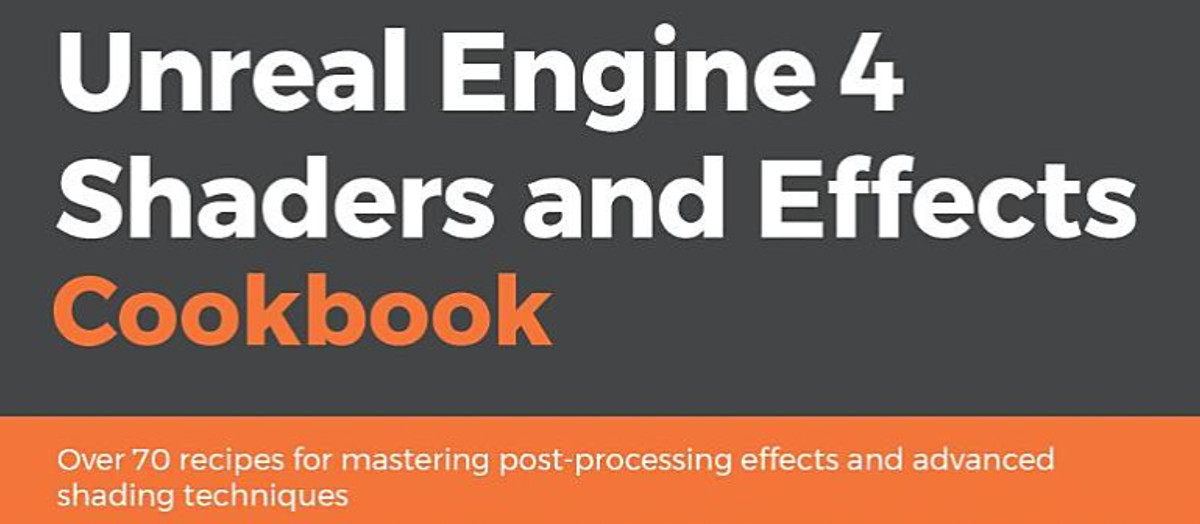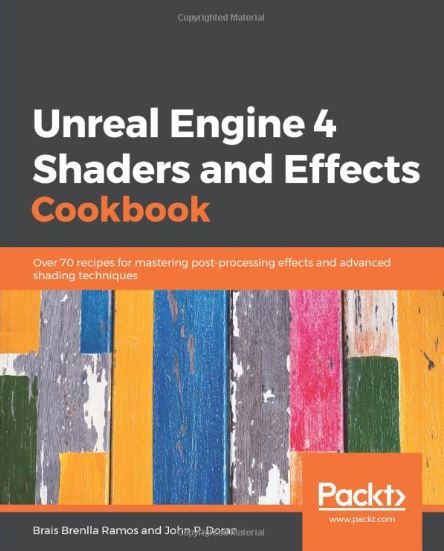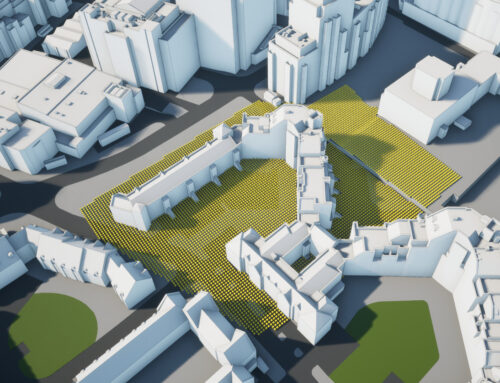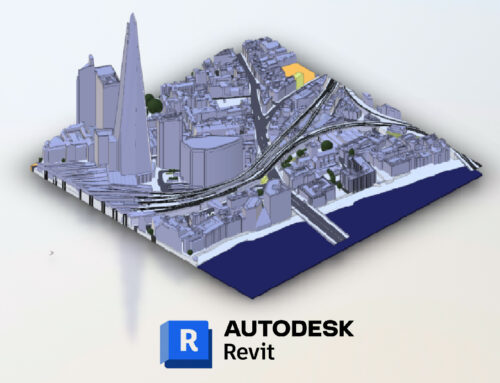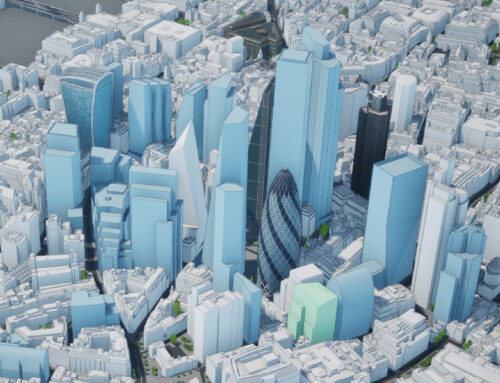Brais Brenlla Ramos, our treasured Unreal Engine Lead Developer & In-house wizard for all things related, co-authored a fantastic book: Unreal Engine 4 Shaders and Effects Cookbook: Over 70 recipes for mastering post-processing effects and advanced shading techniques. Readers will learn how to build optimized, efficient, and real-time applications that are production-ready using Unreal Engine’s Material Editor. The book is now available on Amazon in both paperback and kindle version.
In his book, Brais reveals much more than just our trade secrets. Developers wishing to take their game to a whole new level by adding professional post-processing effects to their work can take advantage of his years of experience and trials.
What you will learn
- Master Unreal Engine’s rendering pipeline for developing real-time graphics
- Use physically based rendering (PBR) for building materials and lighting solutions
- Build optimized materials for games targeting multiple platforms
- Understand Unreal Engine’s node and functions for creating desirable effects
- Design and build production-ready shaders
- Explore Unreal Engine’s Material Editor for building complex materials and textures
Key Features
- Create stunning visual effects for 3D games and high-quality graphics
- Design efficient Shaders for mobile platforms without sacrificing their realism
- Discover what goes into the structure of Shaders and why lighting works the way it does
Unreal Engine 4 is a powerful game engine, one which has seen a recent boost in widespread adoption thanks to its ease of use and the powerful rendering pipeline that it packs. Seeing as how it’s relatively easy to create stunning presentations and visuals, Unreal has quickly become a strong contender in industries where this kind of software had been previously denied entry.
With that in mind, this book aims to help you get the most out of Unreal Engine 4 – from creating awe-inspiring graphics to delivering optimized experiences to your users. This is possible thanks to a mixture of hands-on experience with real materials and the theory behind them. You will immediately know how to create that material that you want to display, and you’ll also end up with the knowledge that will let you know how to control it.
All of this will be done without losing sight of two key components of any real-time application – optimization, and efficiency. The materials that you create will be light and efficient, and they will vary depending on your target platform. You’ll know which techniques can be used in any kind of device and which ones should be kept to high-end machines, giving you the confidence to tackle any material-related task that you can imagine. Hop onboard and discover how!
Buy Unreal Engine 4 Shaders and Effects Cookbook: Over 70 recipes for mastering post-processing effects and advanced shading techniques on Amazon in either paperback and kindle version.

